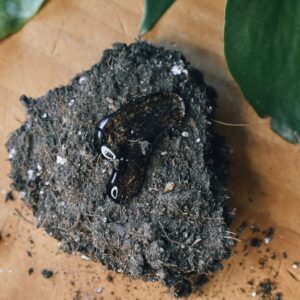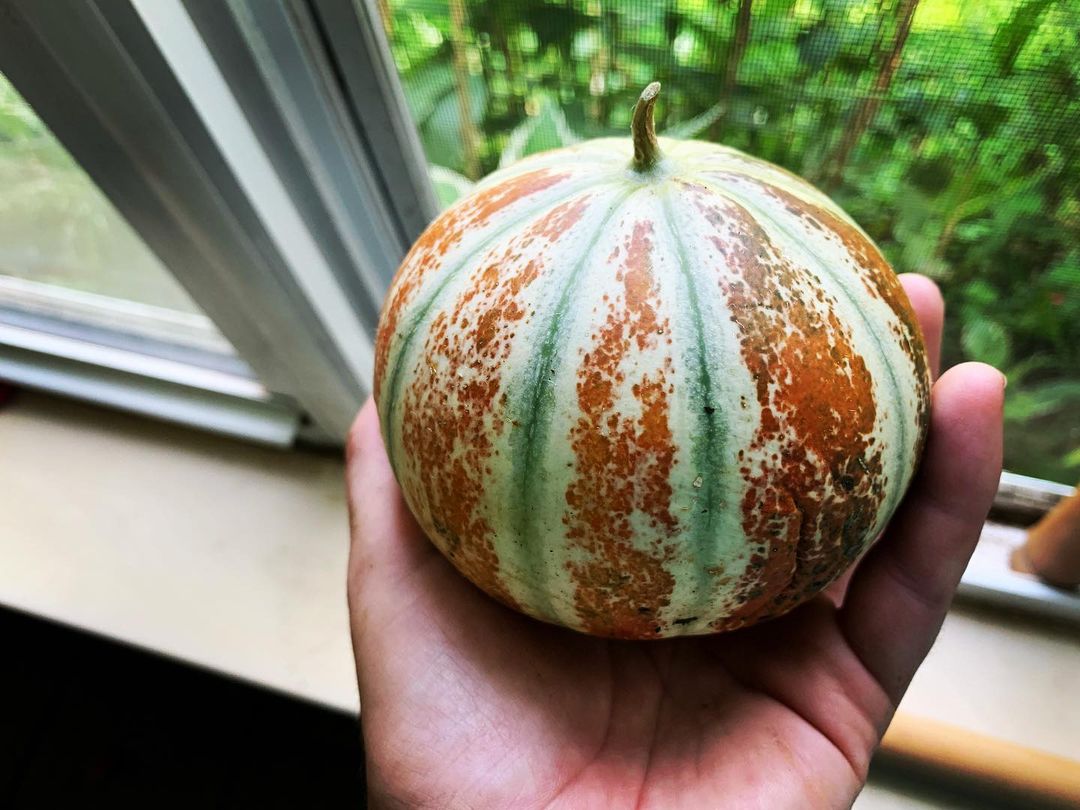Read in detail about Hydrophobic Soil: Causes and How to Fix It with proficient tips to keep your soil & plants healthy.
Hydrophobic soil is a common problem in many gardens and farms. It occurs when the soil becomes so dry and repels from soaking in. Fortunately, there are a few simple tips and solutions that can help you to understand the term Hydrophobic Soil: Causes and How to Fix it to get your garden back on track.
Find Do Plants Cry When Stressed?
What Does Hydrophobic Soil Look Like?

You can identify Hydrophobic soil by its dry and caked appearance. It often causes cracks to form in open beds or induce the soil to pull away from the sides of containers. When you water the plant, it will tend to pool on the surface or run off without soaking in, creating the illusion that the soil is fully saturated, even when it’s not. In containers, water may run down the sides and drain out through the holes, indicating that the potting mix is retaining very little moisture.
Common Causes of Hydrophobic Soil

Organic compounds can coat soil particles and act as waterproofing agents, leading to the development of hydrophobic soil. Fungal activity or the release of essential oils from plants can create these compounds, which are naturally present in most soils.
In healthy soils, microbial activity continually breaks down these compounds. However, if the soil becomes completely dry due to drought or neglectful watering, the microbe population dies off, and the oils start to build up to harmful levels.
Hydrophobic issues tend to arise more frequently in sandy soils that dry out more quickly. It is a common problem in container gardening, particularly when regular watering routines are overlooked, as the soil in pots can quickly become dry.
How to Fix Hydrophobic Soil

Fortunately, there are a number of ways to fix hydrophobic soil and get your garden back on track. Here are a few simple steps you can take:
1. Water Deeply
The first step in fixing hydrophobic soil is to water deeply. This means watering your plants slowly and allowing the water to soak in over a period of time. This will help to break up the waxy coating and allow the water to penetrate the soil.
2. Use Wetting Agents
- Wetting agents are substances that help to break up the waxy coating on soil particles, allowing water to penetrate.
- You can find commercial products that can be easily mixed into the soil to break down the excess wax. Also, you can use powdered agar or kelp as a more natural alternative to achieve similar results.
- In case you don’t have access to these products, mix a few drops of detergent with water in a watering can. Sprinkling it over the affected area can also do the trick.
However, it’s important to exercise caution while using such products, as highly processed or fragrant ones may contain harmful ingredients that can harm your plants.
3. Add Organic Matter
Adding organic matter to your soil can also help to break up the waxy coating and improve soil structure. Compost, leaf mold, and other organic materials can help to improve the soil’s ability to retain moisture.
4. Avoid Synthetic Fertilizers and Pesticides
Synthetic fertilizers and pesticides can create a buildup of chemicals in the soil that can contribute to hydrophobic soil. Instead, use natural alternatives like compost tea and neem oil.
5. Monitor Soil Moisture Levels
Finally, it’s important to monitor soil moisture levels to prevent the soil from drying out too much. Use a soil moisture meter to check the moisture content of your soil. Water your plants as needed to keep the soil moist but not soggy.
6. Mound Up the Soil
If your vegetable beds are set on a slope, water can rapidly run off dry soil before it can penetrate. In such cases, creating mounds, furrows, or swales around your vegetable beds can assist in directing water to where it’s needed most, preventing the soil from drying out too quickly.
7. Add Mulch
To improve water retention in even the driest soils, adding a layer of mulch to the soil surface can be beneficial. Mulch can help by absorbing moisture and slowing down the process of evaporation.
Additionally, using organic mulch can introduce more wax-eating microorganisms into the soil, preventing the issue from resurfacing during future dry periods.
Conclusion
Hydrophobic soil can be a frustrating problem for gardeners and farmers, but it’s not impossible to fix. With a little bit of effort and patience, you can get your garden back on track and enjoy thriving plants all season long.



